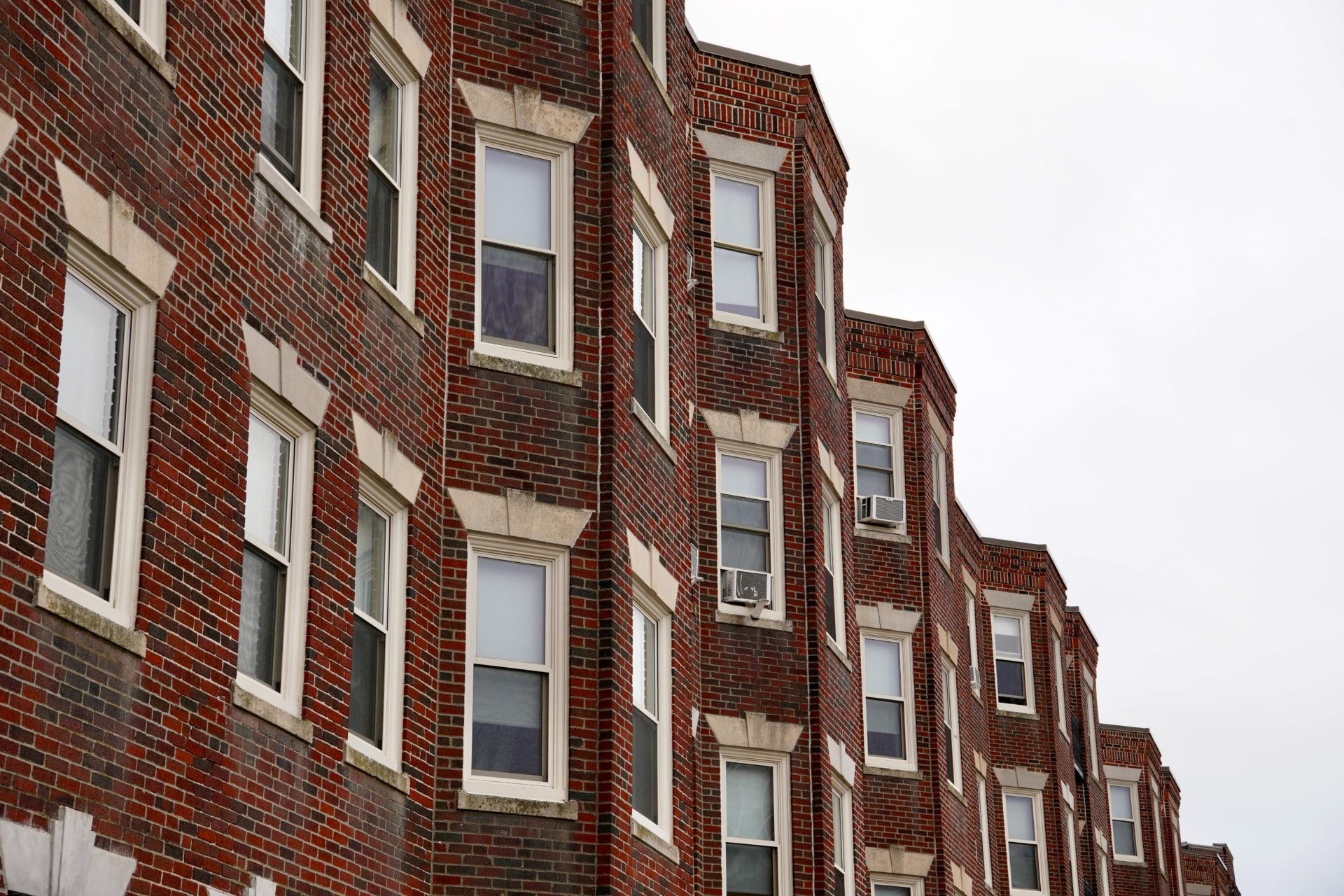Point-in-Time count reflects flattening homelessness as number still eclipses 580,00
Determining the number of those living unhoused in the US is largely left to the annual Point-in-Time Count, an annual count conducted during the last 10 days of January. Believed to produce a significant undercount, this method is only able to account for those living unhoused during a short stretch of time in the places observed by those doing the counting, but remains the best option for assessing need and providing resources. Geographic location largely determines the logistics of the count, as encampments ranging from urban centers to rural, wooded areas present unique challenges in reporting an accurate count. On average, about 901,000 people exited homelessness between 2017 and 2020, while 909,000 entered homelessness during the same period. For 2022, a national count of 582,462 reflected a flattening of those living unhoused, but as the number is likely attributed to federal rental assistance and eviction moratoriums, advocates await new data for determining the country’s ability to maintain the flattened trend. (New York Times)
Unhoused families face unique set of challenges as homelessness increases in rural communities
Homelessness is continuing to rise in rural areas, burdening affected families, their children especially, with unique challenges. In Vermont, people are experiencing homelessness at the second-highest rate per capita in the US behind California. Lacking in emergency shelters, public transportation, and even cell phone reception, children in rural areas face obstacles to accessing aid in ways often overlooked. With a lack of affordable housing, the state of Vermont has taken steps to add low-cost apartments as the state’s overall homelessness percentage increased more than any other state between 2020 and 2022. (The Guardian)
Cost of two-bedroom rentals in some US cities require almost four minimum wage earners
Across major US cities, the national average for affording a two-bedroom rental now requires almost four full-time minimum wage workers, according to Zillow. Analyzing the 50 largest cities in the US, data reveals only 10 cities where the analysis would suggest two or fewer full-time minimum wage workers could afford a two-bedroom rental, while 11 of these cities require at least three full-time minimum wage earners. While cities with higher minimum wages see increased rent affordability, places like San Francisco where hourly pay is at least $16.99 require at least three times that amount to afford a one-bedroom rental. (Zillow)
Net-worth is increasing for Black families as large gap between other groups remains
A report from Wells Fargo indicates the average net worth for Black households increased 32% since 2019, compared to a 21% for non-Black households. The data reflects a trend of Black families’ closing the US wealth gap, though the numbers remain far behind the net worth of other groups. Economists say homeownership has contributed to the gains, but the racial wealth gap created by systemic racism reveals Black wealth behind non-Black counterparts at about $340,000 per household on average compared to $1.1 million.
Visibility of those experiencing homelessness presents difficulty for identifying needs
Completing the “Point-in-Time” count, a task with already a unique set of challenges, is remarkably difficult in rural areas. In more remote communities, unhoused people are living in smaller towns, wooded areas, state parks, truck stops, and abandoned buildings. For some too, being accounted for is something they wish to avoid and are reluctant to share with those completing the count. Those who do speak with the census takers find they are not comfortable with the range of deeply personal questions proposed. The visibility of the unhoused community in rural compared to urban areas remains one of the biggest obstacles for advocates seeking to provide resources to those experiencing homelessness. (Washington Post)
Rural communities confront lack of affordable homes as remote workers return to cities
As remote workers have returned to the large cities from the rural towns to which they moved during the pandemic, available and affordable housing remains an issue for the locals left behind. Advocates in places like Utah say the pandemic exacerbated a trend of people moving from high-cost, large cities to smaller, more affordable communities where responding to the increased need for affordable housing options has been met more slowly and with fewer resources. As many of these rural locations have also become getaway hotspots, the uptick in vacation homes has likewise made finding affordable housing more challenging. (NBC News)

